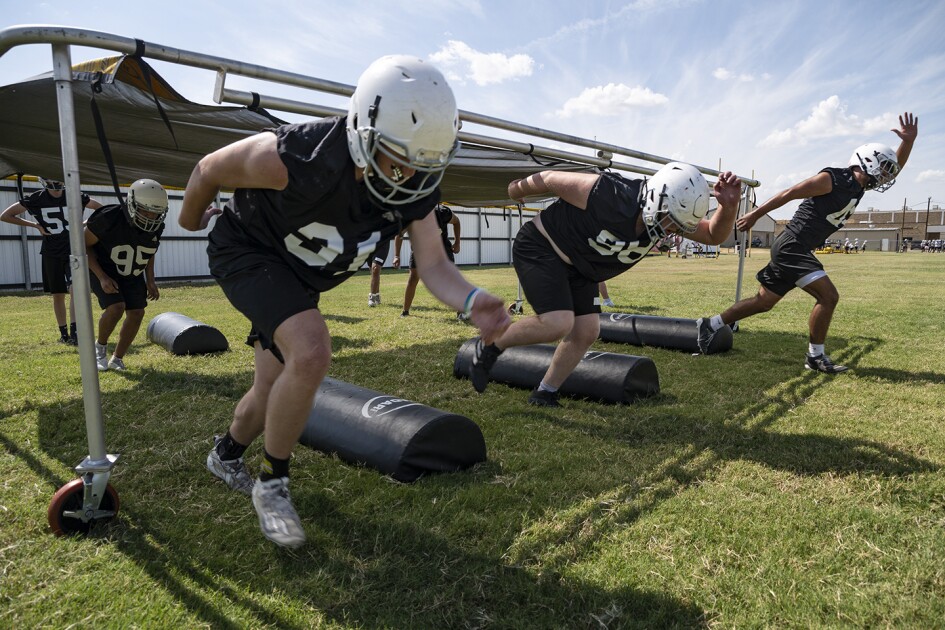Corrected: A previous version of this story should have said the survey data included teachers and principals only.
Cellphones have become public enemy No. 1 in many schools. They distract students from lessons, fuel bullying and fights, and give constant access to social media, which many educators worry is corroding kids’ mental health.
In response, an increasing number of states and local school districts are considering or passing policies to restrict students’ cellphone use in schools.
Forty-two percent of teachers and principals say that students are not allowed to use their cellphones at all during the school day, although they are allowed to bring them to campus, according to a survey by the EdWeek Research Center conducted in September and October. Another 7 percent say that cellphones are not allowed on campus at all.
The survey findings show that schools are trying a variety of approaches to curb students’ cellphone use, from all-out bans to more tailored restrictions that allow students to use their phones during certain times of the day or in designated areas.
Still, having cellphone restrictions on the books is one thing, and enforcing them is another. A common complaint among educators in EdWeek’s surveys is that cellphone policies are often not enforced by administrators or fellow teachers.
More schools are banning cellphones—but we’ve been here before
Cellphone restrictions in schools are on the rise again after years of schools scaling back on them, said Kevin Thomas, a professor of instructional technology at Bellarmine University in Louisville, Ky. Thomas studies teachers’ attitudes toward cellphones, with a particular focus on preservice teachers, and said that teachers’ views of cellphones in classrooms and cellphone restrictions in schools have ebbed and flowed over the past 15 years.
In 2010, concerns that cellphones would degrade students’ writing skills and make it easier to cheat fueled restrictions around their use in most schools, he said.
“So many schools were banning phones because it was just a new technology,” he said.
However, Thomas said, around 2015 teachers had warmed considerably to the idea of students using cellphones in class. Schools started loosening restrictions as smartphones became ubiquitous and educators found advantages to students having access to educational apps and the internet on their personal devices in class.
Now, cellphone restrictions are back, he said, partly due to a growing awareness—and concern—about the effects of social media on teenagers’ wellbeing and the impact of cellphones on learning. Another factor, he said, is that many schools invested in purchasing tablets and laptops during the pandemic, nullifying the educational value of cellphones in classrooms.
“We needed them in the classroom because we didn’t have 1-to-1 [technology],” Thomas said, and educators were willing to overlook these downsides. “I think that those are the reasons that we’re kind of seeing the pendulum swing back towards banning the phones in the classroom.”

Data analysis for this article was provided by the EdWeek Research Center. Learn more about the center’s work.









